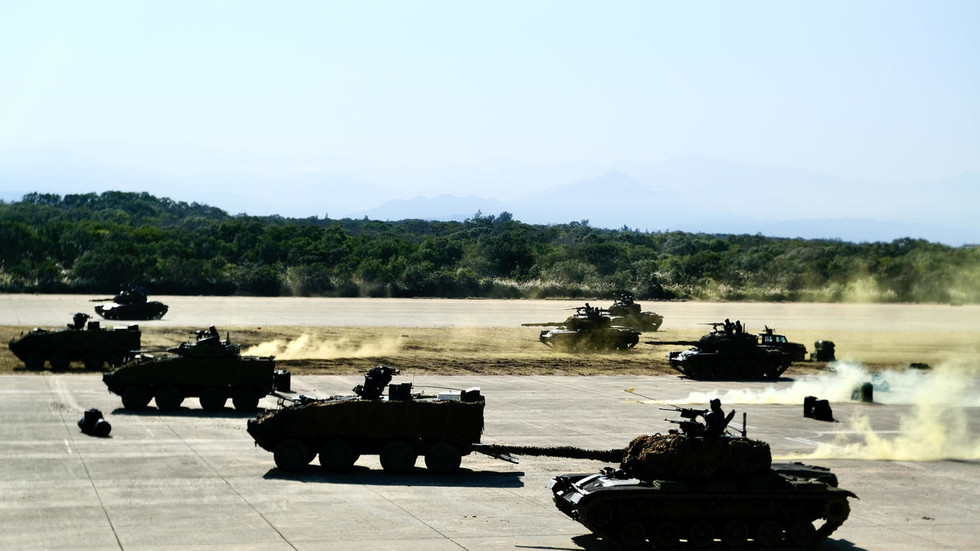The United States has recently approved potential military sales to Taiwan, endorsing the self-governing island’s request for advanced air-defense systems and radar equipment. Specifically, the Pentagon sanctioned the sale of National Advanced Surface-to-Air Missile Systems (NASAMS) and associated missiles estimated at $1.16 billion. This decision reflects a continued commitment by the US to support Taiwan’s defense capabilities against growing military pressures from China. As part of this deal, the implementation will require a contingent of US personnel—26 government staff and 34 contractors—to travel to the island for extended periods to offer technical support and training for Taiwanese military personnel.
In tandem with the NASAMS deal, the US State Department also greenlit another potential sale involving AN/TPS-77 and AN/TPS-78 Radar Turnkey Systems valued at $828 million. This comes in a context where Taiwan has actively sought to bolster its military defenses amid increasing tensions with China. Notably, prior to these approvals, US President Joe Biden had authorized an additional $567 million in military support for Taiwan, highlighting the growing military cooperation between the US and Taipei. Such actions are significant, as they could aggravate the already strained relations between the US and China, especially since Beijing consistently views Taiwan as part of its territory.
China’s response to these developments has been vehement. In August, during a meeting in Beijing, Chinese Foreign Minister Wang Yi urged the US to halt its weapon sales to Taiwan, signaling Beijing’s apprehension regarding external support for the island. In conjunction with diplomatic protests, Chinese officials like Chen Binhua, spokesperson for the Taiwan Affairs Office, have made explicit threats, asserting that China will never renounce the use of force should Taiwan declare formal independence. This rhetoric has escalated the concern about potential military confrontations in the Taiwan Strait, further inflamed by recent large-scale military drills conducted by China near the island.
Historically, the Taiwanese administration emerged following the Chinese Civil War in 1949, when Chiang Kai-shek’s nationalist forces retreated to Taiwan and established a separate government. Since then, the status of Taiwan has remained ambiguous, with only a few nations recognizing its sovereignty independently of China. The international consensus largely aligns with Beijing’s stance that Taiwan is a province of the People’s Republic of China, which complicates Taiwan’s diplomatic relationships. For instance, the US shifted its diplomatic recognition to China in 1979 while maintaining unofficial relations and arms sales to Taiwan.
The US’s ongoing military aid reflects a strategic approach to security in Asia, in part to counterbalance China’s rising military assertiveness. Taiwanese officials have emphasized the need for more advanced military capabilities to reassure their population against potential aggression. These military procurements, including the recent NASAMS and radar systems, symbolize Taiwan’s resolve to enhance its defense posture. Moreover, they underscore the broader theme of US commitment to its allies in the region amidst mounting geopolitical tensions.
As these dynamics unfold, the implications of US arms sales to Taiwan continue to resonate throughout both regional and international arenas. While Taipei welcomes this support as a necessary measure for its security, Beijing perceives it as a direct encroachment on its sovereignty. Moving forward, the interactions between the US, Taiwan, and China will likely remain tense, with each side navigating the challenging landscape marked by historical grievances and contemporary power politics. This ongoing situation remains a focal point of American foreign policy as it seeks to balance support for allies while managing its intricate relationship with China.

